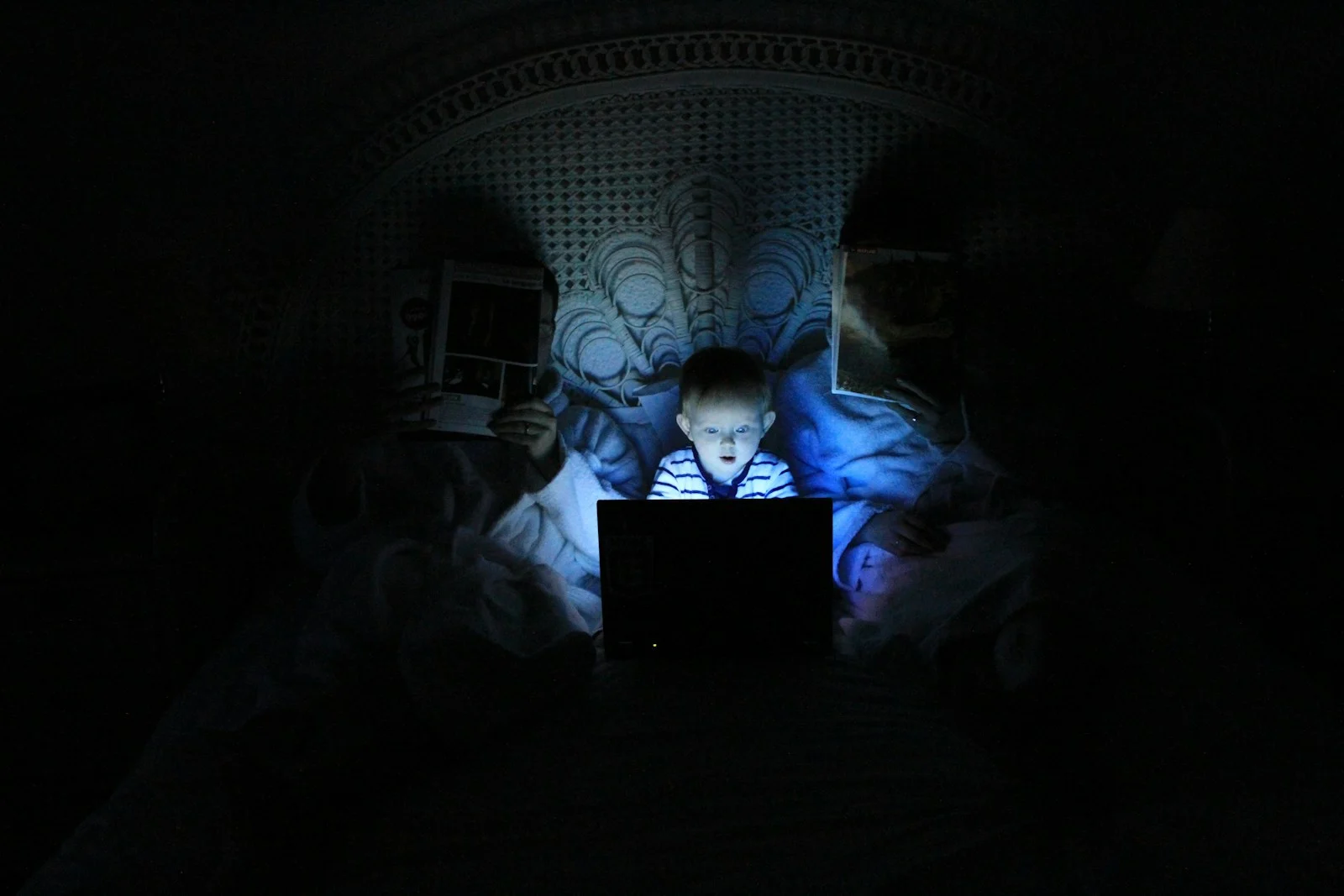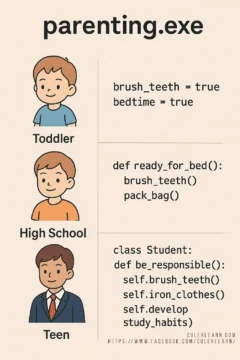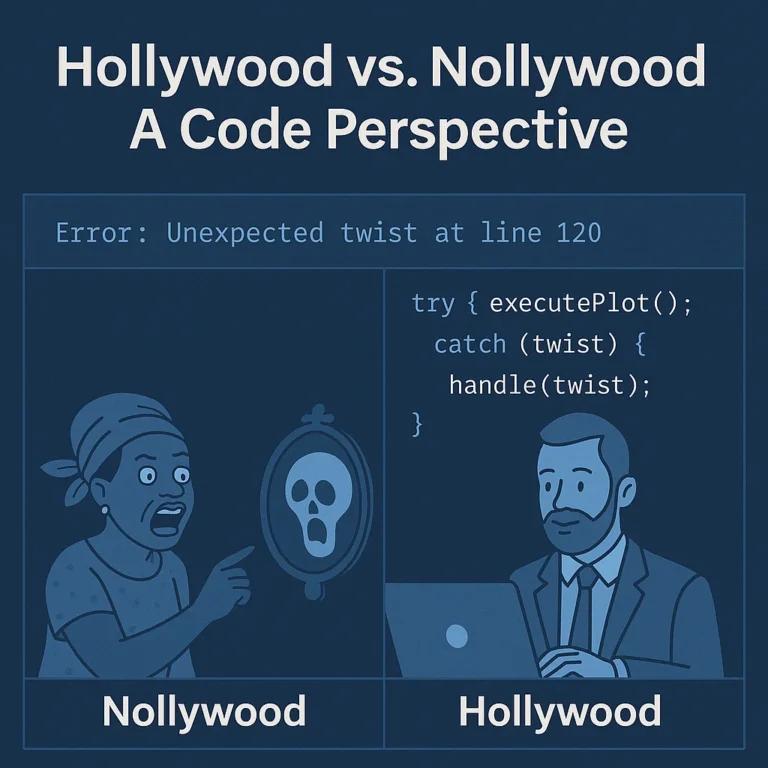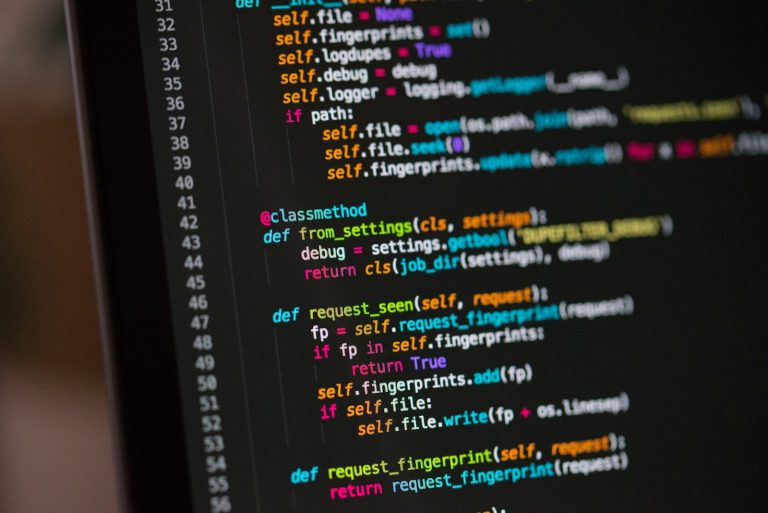Introduction
Parenting and programming may seem worlds apart, but anyone who’s done both will tell you they aren’t all that different. Both involve setting expectations, designing logical systems, predicting behaviour, and building toward independence. In this blog post, we explore a creative and visual metaphor: how giving instructions to children at different stages of mental maturity closely mirrors the way we write code as developers. From toddlers needing hands-on help to teenagers managing their own lives, there’s a surprising parallel between growing kids and evolving programming paradigms.
Stage 1: Toddlers and Procedural Code
Imagine instructing a toddler to brush their teeth. It doesn’t stop with just saying, “Go brush your teeth.” You have to guide them step-by-step:
- Pick up toothbrush
- Put toothpaste on
- Wet the brush
- Start brushing
- Rinse and spit
They need every single action broken down and supervised. This is exactly how procedural programming works. You write out each step in a sequence:
brush = true
bedtime = true
brush_teeth = true
There’s no abstraction, no reuse—just direct, sequential instructions. Like a toddler, the system needs your hands-on help at every step to function correctly.
Stage 2: Pre-Teens and Functions
As children grow, they start understanding patterns and routines. At this stage, you can say, “Get ready for bed,” and they know it involves multiple sub-tasks: brushing teeth, changing into pajamas, maybe reading a book.
This aligns beautifully with the concept of functions in programming. Functions encapsulate logic and make our code more modular:
def ready_for_bed():
brush_teeth()
put_on_pajamas()
read_book()
You’re not detailing every single sub-step anymore—you’re giving a high-level command that triggers a set of predefined actions. This level of maturity in a child is a step closer to independence, and in code, it’s a step toward maintainability.
Stage 3: Teens and Object-Oriented Programming
Teenagers bring a new level of independence and complexity. When you say, “Make sure you get good grades,” you’re implying a range of tasks:
- Managing time
- Completing homework
- Studying for exams
- Staying healthy
They need to organize their lives around that objective. This maps well to Object-Oriented Programming (OOP), where tasks and properties are encapsulated within classes:
class Teenager:
def __init__(self):
self.homework_done = False
self.study_schedule = None
def brush_teeth(self):
pass
def iron_clothes(self):
pass
def develop_study_habits(self):
pass
In OOP, your system can manage its state and behavior. You’ve given it a structure. Like a teen, it can now respond to instructions in a more intelligent, self-managed way.
The Comparison: Parenting and Programming
Why does this analogy matter? Because at its core, programming is about managing complexity. And so is parenting. Both require you to:
- Assess maturity or capability (Can this part of the system handle abstraction?)
- Build toward autonomy (Can I refactor this to make it self-contained?)
- Balance flexibility with structure (Should I use classes or scripts? Should I enforce a strict bedtime or be lenient?)
In both cases, you’re transitioning from micromanagement to trust.
Why This Metaphor Works
- It humanizes code. Code can feel sterile or mechanical. Mapping it to real-life parenting situations helps people relate to it emotionally.
- It reinforces best practices. Knowing when to use procedural vs. modular vs. object-oriented code isn’t always intuitive. This analogy helps cement those differences.
- It scales with experience. New developers can understand the basics of procedural coding as they would caring for a toddler. As they mature, so does their code.
Bringing It to Life Visually
To help communicate this metaphor, we designed a visual: a side-by-side layout showing parenting stages on the left and corresponding code structures on the right. From a toddler being helped to brush their teeth (simple brush = true commands) to teens managing complex tasks with object-oriented patterns, the comparison is both funny and insightful.
Each age level includes an illustration of a child and a block of Python code that mimics their level of instruction-following. The right side is titled “Parenting.exe”—a playful nod to the executable nature of parenting (and coding).
Final Thoughts
So next time you’re refactoring a messy block of code or struggling to write clean functions, take a moment to think like a parent. Ask yourself:
- Am I spoon-feeding this code too much?
- Can I encapsulate some of this behavior?
- Is this module mature enough to act independently?
Whether you’re raising children or writing code, the goal is the same: help them grow, become reliable, and one day, not need you at every step.
Welcome to Parenting.exe—the codebase of life.




